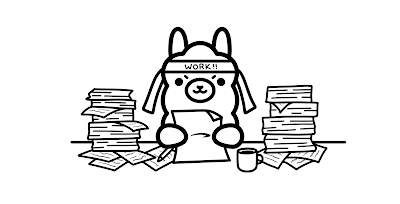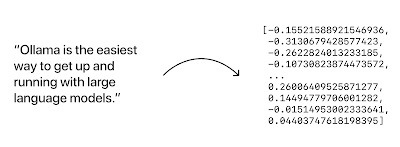In an era where efficiency and automation are at the forefront of technological innovation, the release of Autogen 2 marks a significant milestone. This latest version builds upon its predecessor's solid foundation, introducing an array of new features and capabilities designed to revolutionize how we automate tasks and processes across various industries. Let's dive into what's new in Autogen 2 and explore how it can be leveraged to streamline operations and foster productivity.
What's New in Autogen 2?
Autogen 2 is not just an update; it's a comprehensive overhaul aimed at enhancing performance, flexibility, and ease of use. Here are some of the key new features:
Enhanced Machine Learning Models
Autogen 2 integrates advanced machine learning models, enabling more complex and nuanced task automation. These models can learn from a minimal set of examples, making the system significantly more efficient at recognizing patterns and predicting outcomes without extensive manual input.
Improved Natural Language Processing (NLP)
The NLP capabilities in Autogen 2 have seen a substantial upgrade. The system can now understand and interpret human language with remarkable accuracy, making it easier for users to interact with the software using everyday language. This improvement opens up new avenues for automating tasks that involve processing and generating natural language text.
User-Friendly Interface
With a focus on user experience, Autogen 2 introduces a more intuitive and streamlined interface. This makes it accessible to users with varying levels of technical expertise, allowing more individuals and organizations to adopt automation technologies without facing a steep learning curve.
Scalability and Flexibility
Autogen 2 is designed to be highly scalable and flexible, accommodating the needs of small businesses and large enterprises alike. Whether you're looking to automate simple repetitive tasks or complex workflows involving multiple systems and datasets, Autogen 2 can be tailored to meet specific requirements.
Robust Integration Capabilities
One of the most significant enhancements in Autogen 2 is its ability to seamlessly integrate with a wide range of software and systems. This includes everything from legacy systems to the latest cloud-based applications, enabling organizations to automate processes across their entire technological ecosystem without the need for extensive custom development.
How Autogen 2 Can Automate Processes
The applications of Autogen 2 are virtually limitless, but here are a few examples of how it can be used to automate processes across different sectors:
Customer Service Automation
By leveraging its advanced NLP and machine learning capabilities, Autogen 2 can automate a significant portion of customer service tasks. This includes generating responses to common inquiries, routing tickets to the appropriate department, and even providing personalized recommendations to customers based on their history and preferences.
Financial Operations
Autogen 2 can automate various financial operations, such as invoice processing, expense tracking, and financial reporting. Its ability to integrate with existing financial systems and accurately process numerical data can significantly reduce manual effort and minimize errors.
HR and Recruitment
From screening resumes to scheduling interviews, Autogen 2 can automate many aspects of the recruitment process. It can also assist with onboarding new employees by automating the creation of necessary documents and setting up user accounts.
Marketing and Social Media
Autogen 2 can help marketing teams automate content creation, social media posting, and even analyze the performance of marketing campaigns. Its machine learning models can identify trends and patterns in data, enabling teams to make data-driven decisions quickly.
Conclusion
Autogen 2 represents a quantum leap forward in automation technology. Its combination of advanced features, ease of use, and flexibility makes it a powerful tool for businesses looking to enhance efficiency and innovation. As organizations continue to navigate the challenges of the digital age, Autogen 2 stands out as a solution capable of transforming how we approach work and enabling a future where technology and human ingenuity converge to create unprecedented opportunities.














